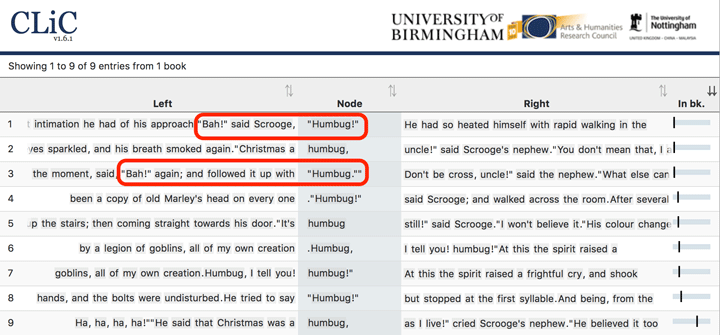A Christmas Carol is one of these stories that people know without having read them. It is a cultural phenomenon - with numerous film and television adaptations, including characters as diverse as Mickey Mouse, the Muppets, Blackadder and even the cast of EastEnders. In time for the festive season, there is now also the film ‘The Man Who Invented Christmas’ imagining the story behind the creation of A Christmas Carol.
As films do, this screenplay plays fast and loose with the facts. Still, even before the film, Charles Dickens had been nicknamed ‘The man who invented Christmas’. When A Christmas Carol was first published in 1843 there was a renewed, particularly middle-class, interest into the festive season.
There were several Victorian innovations around Christmas. Christmas cards were first sent in the 1840s; Prince Albert brought with him the German tradition of the Christmas tree; Christmas crackers emerged; and giving presents to children became increasingly popular. Dickens did not invent all of this, but he was able to create a story that captured the spirit of the time, and in fact a story that is timeless because it illustrates how we make sense of our existence by remembering the past and imagining the future.
Dickens’s story of Scrooge (a character that has become so popular that he made it as a word into the dictionary) begins in a fairy-tale manner. “Once upon a time – of all the good days in the year, on Christmas Eve – old Scrooge sat busy in his counting-house”. The fairy-tale opening hints at the fact that this is a text to be read aloud and shared. And this is exactly what Dickens did when he started his reading career with A Christmas Carol.
A Christmas Carol was Dickens’s first public reading – on Tuesday, 27th December 1853, in Birmingham Town Hall. On an earlier visit to the city, Dickens had offered to give his first public reading to help raise funds for the Birmingham and Midland Institute (BMI).
The BMI was founded in 1854 as a popular educational institution to promote science, literature and art. It was originally located in Paradise Street, but then moved to Margaret Street, where it still is today.
It is no coincidence that last Friday, we celebrated the successful conclusion of the Arts and Humanities Research Council funded CLiC Dickens project (a joint project with the University of Nottingham) at the BMI.
CLiC is a free web application that lets users search all of Dickens’s novels, as well as a range of other texts from the 19th century, and identify frequencies and patterns of specific words and phrases. When we are interested in finding out how fictional characters are created, for instance, it can be useful to look up body part nouns in the text. So we can easily find that the word chin occurs relatively more frequently in Dickens than in a general collection of 19th century novels. Chins occur 317 times in Dickens (several of them double chins), compared to Jane Austen, for instance, where the word chin only appears once. Looking closer into the contexts of where chins are described reveals how the frequencies correspond to the different types of characters we find in Dickens and in Austen.
CLiC can also help to challenge assumptions and myths that have grown around a text. “Bah humbug!” has entered the public’s imagination as Scrooge’s best-known catchphrase - so much so that people print it on mugs, socks, jumpers and beer glasses. However, the results table from CLiC below shows, in the text of A Christmas Carol, humbug mainly occurs on its own. Bah is only found twice in the text and it is not immediately followed by humbug.

A presentation at the CLiC Dickens Day used this example to show how pupils from Bishop Walsh School, in Sutton Coldfield, have carried out their own research into A Christmas Carol with CLiC bringing to light observations that even their teachers might not have been aware of.
Christmas may not have been invented in Birmingham, but the city certainly made a significant contribution to the creation of one the festival’s most significant cultural icons, and the University of Birmingham is undertaking innovative research into how Dickens created this and his many other memorable stories and characters.